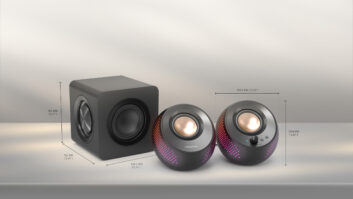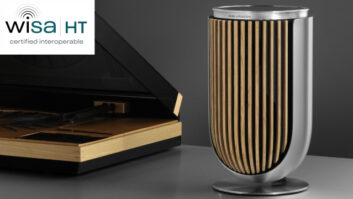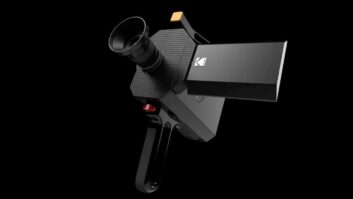NEW YORK –
February has proven to be
a big month for operating systems, with
Microsoft and Apple releasing test versions
of their latest software.
Apple announced the developer preview
of OS X Mountain Lion is available for
download starting today. The OS is
expected to go on sale this summer.
Microsoft had already announced
the public beta of Windows 8 would
be released on Feb. 29.
Mountain Lion’s updates are heavily derived
from iOS, the company said, with many
features now found on the iPad being
ported over. These include better
integration with iCloud, messages, reminders, notes, notification center,
share sheets, game center,
Twitter, AirPlay mirroring and gatekeeper.
The Apple tagline is “Inspired by
iPad. Re-imagined for Mac.” Some
of the iPad functionality includes:
• Messages, said to be is an improvement
on iChat, allows messages
to be sent to any Apple device,
along with photos, videos and
documents;
• Reminders, a list-making app
that can work in conjunction with
other Apple devices through iCloud;
• Notes, with an extended textwriting
function that can also be
shared through iCloud;
• Notification center, which acts
as a central depository for emails,
instant messages, calendar alert and
social-media alerts; the user is notified
via a short-lived banner that appears
on the desktop that something
new is in the center for viewing;
• Shared sheets, a button that will
be found on many Mountain Lion apps
that will push links, photos and videos
from the website to friends; and
• Game center, where the user
can play multiplayer games with
friends or congregate the games
they already own.
The primary feature for Microsoft’s
Windows 8 is its ability to operate
in a touchscreen environment.
Microsoft is banking on Windows
8 to compete with Android 4.0 and
iOS to fully compete in the tablet
market.
Other benefits are:
• a faster boot time;
• using a Metro interface that emulates
the mobile environment from
Windows Phone 7;
• Windows 8 running on ARMbased
processors along with x86
chips from Intel and AMD;
• the ability to run two apps side
by side, called Snap Multi-tasking;
• native USB 3.0 support; and
• better Internet experience with
Internet Explorer 10.













